Zentangle Mindfulness
I have always found it interesting how small course changes in a person's life can have a profound effect on that person and the people around them. History even shows us that one person’s course change can change the world.
This year, the Zentangle community is celebrating it’s 20-year anniversary since the first class that Rick Roberts and Maria Thomas taught. Their lives and that of their family, have been transformed by the simple act of sharing their passion for mindfulness and drawing.
Image from Zentangle.com
In 2009, they taught the first Zentangle Certified Teacher course. There are now over 7,000 CZTs in over 70 countries the globe helping people, in Rick’s words,
“what I think happens is that the Zentangle Method opens a door to a person’s innate creativity. It wasn’t what we taught that made the difference, it was what people discovered about themselves that made the difference.”
I was reflecting on how Zentangle has changed my life, and it led me to find information about the positive health effects of drawing the Zentangle method. This list is just a few of the beneficial effects I found:
Stress Reduction: Engaging in drawing and artistic activities has been repeatedly linked to reduced stress levels. A study published in Art Therapy: Journal of the American Art Therapy Association found that just 45 minutes of creative activity, regardless of skill level, significantly lowers cortisol levels. Cortisol is the body’s main stress hormone and causes all kinds of health issues.
Improved Mood and Emotional Regulation: Art activities can act as an emotional release, allowing people to express feelings they might not otherwise share. For example, the process of creating Zentangle patterns is often described as meditative and calming, helping to reduce anxiety and promote a more peaceful state of mind. This is due to the reduction in brain Beta waves which are linked to stress and anxiety. It also increases the Alpha waves which are associated with physical and mental relaxation.
Enhanced Cognitive Function: Drawing and artistic engagement can improve brain function by strengthening neural connections. According to research from the National Endowment for the Arts, participating in the arts (like drawing) has been linked to improved cognitive function and decreased rates of cognitive decline in older adults. This is due to an increase in Theta waves which improves creativity and memory retrieval. Wow! Drawing helps reduce mental decline!
Increased Mindfulness: The repetitive and structured nature of Zentangle drawing encourages a focus on the present moment, a core aspect of mindfulness meditation. This intense focus is sometimes referred to as a "flow state," which is a term suggested by psychologist Mihaly Csikszentmihalyi, and describes a state of deep immersion in an activity where other distractions are minimized.
This deep focus is exactly what Rick and Maria describe when they tell the story of how Rick tried to get Maria’s attention while she was drawing. She was so focused that she could not hear Rick calling her from a few feet away.
Boosted Self-Esteem and Sense of Accomplishment: Completing a piece of art provides a sense of accomplishment, which can boost self-esteem and personal well-being. Zentangle, is designed to be accessible to people of all skill levels, which can be especially encouraging for those who feel they are not "naturally artistic." Just like me!
Social Connections: While Zentangle can be a solitary activity, it also fosters community through workshops and classes. Social connections are key to mental health, and engaging in group art activities can help reduce feelings of isolation and loneliness. After our long isolation period from the pandemic, this has become particularly important.
If this information has made you curious about the Zentangle method, check out my recent article describing the Zentangle 8 step process and how it changed my life. You can also read more about the Zentangle method on Zentangle.com.
That one small change in the lives of Rick and Maria developing the Zentangle drawing method and teaching others about their passion has changed my life. I had a stressful job towards the end of my tech career, and I found Zentangle to be helpful in managing that stress. It also gave me an outlet to share my new passion for drawing and art in general.
Becoming certified as a Zentangle teacher (CZT) taught me the foundational principals of the Zentangle drawing method, allowing me to share this wonderful mindful process with others. I have had the privilege of teaching Zentangle and related art practices to over 800 people across the globe. I trust in sharing Zentangle that I may have changed the course of someone’s life helping them make it better.
If you are interested in learning how to draw this wonderful mindful process, please check out my Zentangle Exploration Course and maybe it will change your life too.
Nancy




